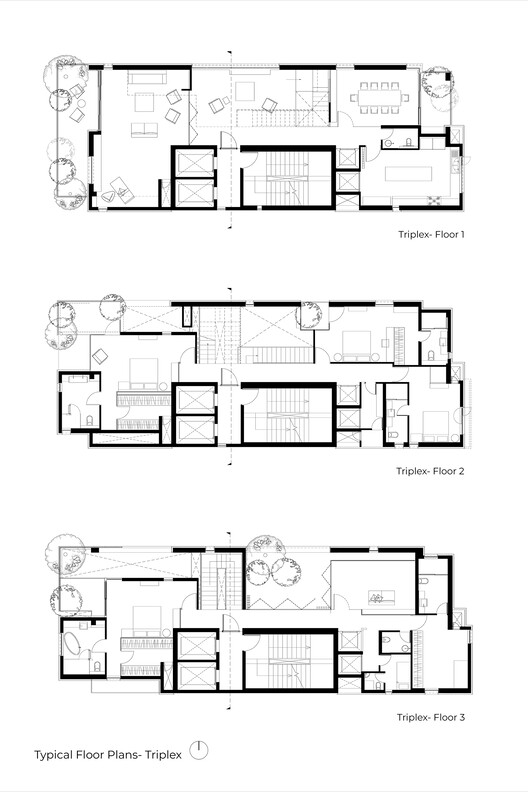
-
Architects: Malik Architecture
- Area: 642 m²
- Year: 2024
-
Photographs:Bharath Ramamrutham
-
Lead Architect: Jay Jani
-
Engineering: SEMAC, Global Engg. Services, Mr.Vivek Garg

Text description provided by the architects. The streets of Khar used to be lined with low rise homes set back from the street and hidden behind trees and shallow front gardens. Densification and the demand for floor space has transformed these neighbourhoods' into rows of tall structures battling for light and air and eliminating any manner of dialogue with the street, owing to the concentration of "decorative" multi-storey parking structures at the ground level. The sea lies to the west of the site, a direction from which the harshest sun and rain originate.






































